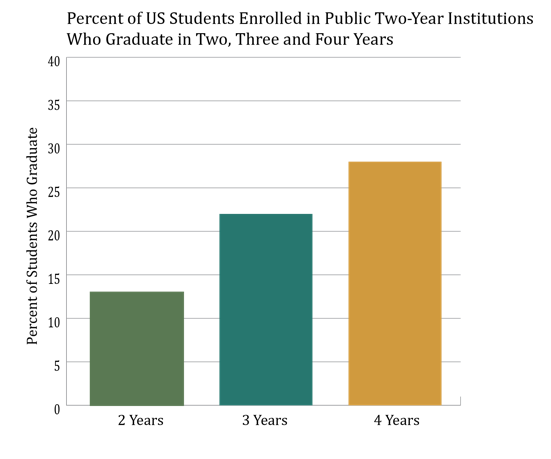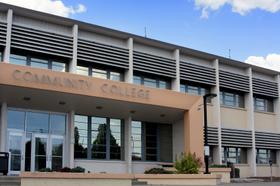Community colleges offer a cost-effective means for students to obtain a degree or certificate or complete the first half of the studies required for a bachelor’s degree. Because they are so affordable – annual tuition and fees average just under $3,500 – many students do not need to take out student loans to pay for their expenses. Some students live at home or take public transit to further lessen costs, while others attend part-time and work so they can avoid taking out loans and instead pay for their schooling out-of-pocket as they go.
This video explains how federal student loans work.
However, some students don’t have the luxury of depending on mom and dad for free room and board, money for textbooks, or gas money to get to campus. For those students, the additional costs of attending a community college can add up: When all fees, room and board, and textbooks and supplies are added in, the average annual community college expenses rise to $15,000. Federal student loans provide a lifeline for many students who would not otherwise be able to afford these expenses, minority and socioeconomically disadvantaged populations among them. But for a million students nationwide, federal student loans are not an option because their community college does not participate in the federal student loan program.
Opting Out
At first glance, it may seem counterproductive for a community college not to participate
























